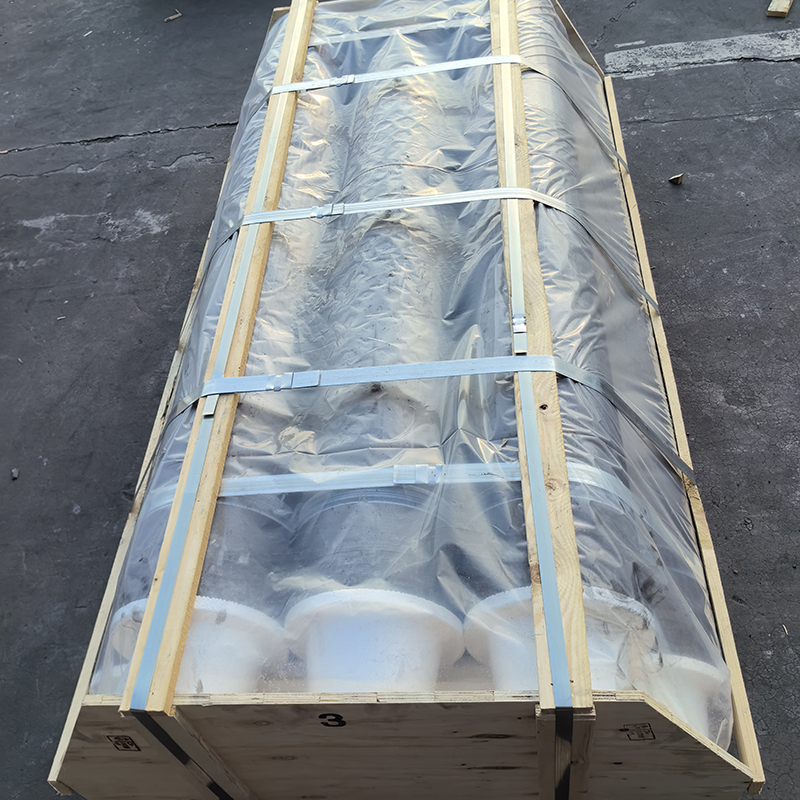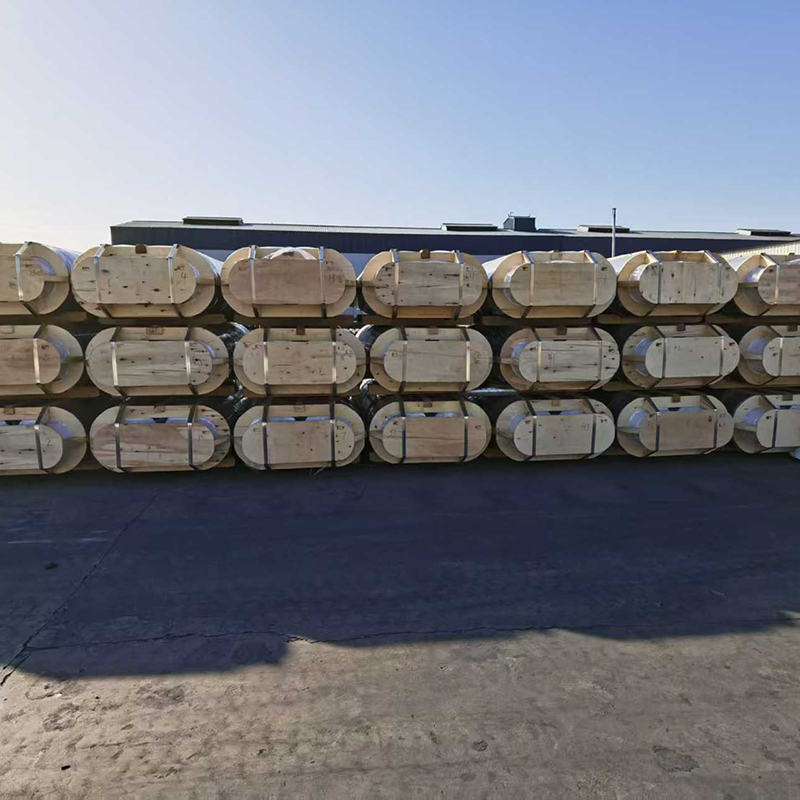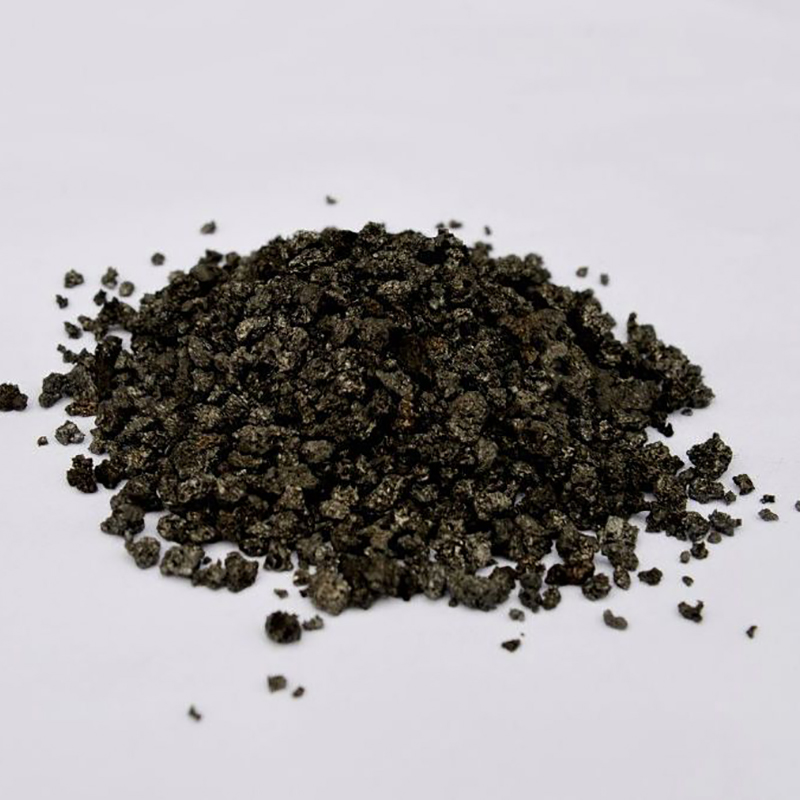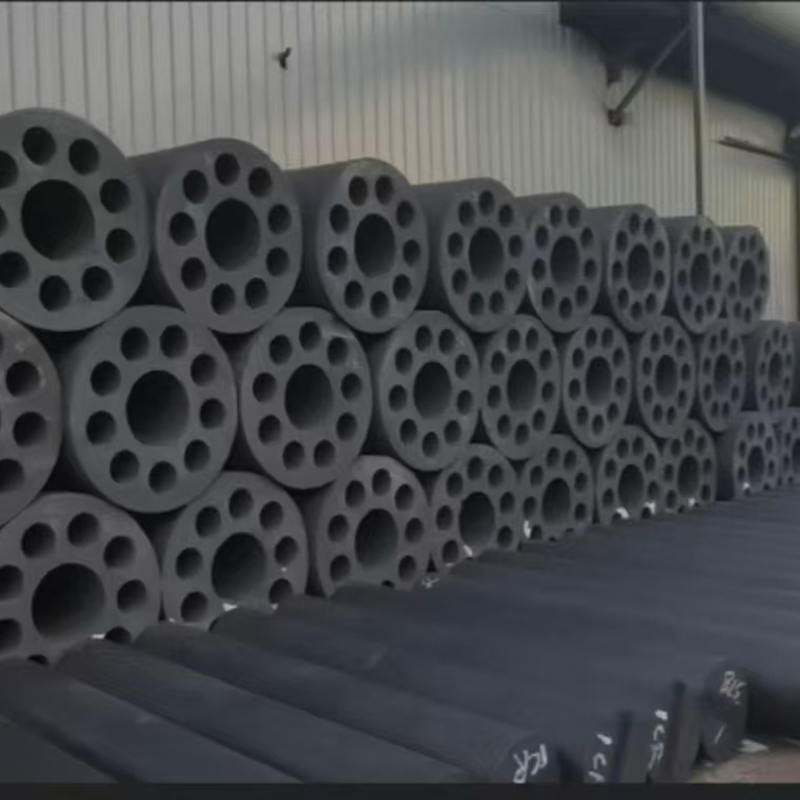- Chinese
- French
- German
- Portuguese
- Spanish
- Russian
- Japanese
- Korean
- Arabic
- Irish
- Greek
- Turkish
- Italian
- Danish
- Romanian
- Indonesian
- Czech
- Afrikaans
- Swedish
- Polish
- Basque
- Catalan
- Esperanto
- Hindi
- Lao
- Albanian
- Amharic
- Armenian
- Azerbaijani
- Belarusian
- Bengali
- Bosnian
- Bulgarian
- Cebuano
- Chichewa
- Corsican
- Croatian
- Dutch
- Estonian
- Filipino
- Finnish
- Frisian
- Galician
- Georgian
- Gujarati
- Haitian
- Hausa
- Hawaiian
- Hebrew
- Hmong
- Hungarian
- Icelandic
- Igbo
- Javanese
- Kannada
- Kazakh
- Khmer
- Kurdish
- Kyrgyz
- Latin
- Latvian
- Lithuanian
- Luxembou..
- Macedonian
- Malagasy
- Malay
- Malayalam
- Maltese
- Maori
- Marathi
- Mongolian
- Burmese
- Nepali
- Norwegian
- Pashto
- Persian
- Punjabi
- Serbian
- Sesotho
- Sinhala
- Slovak
- Slovenian
- Somali
- Samoan
- Scots Gaelic
- Shona
- Sindhi
- Sundanese
- Swahili
- Tajik
- Tamil
- Telugu
- Thai
- Ukrainian
- Urdu
- Uzbek
- Vietnamese
- Welsh
- Xhosa
- Yiddish
- Yoruba
- Zulu
- Kinyarwanda
- Tatar
- Oriya
- Turkmen
- Uyghur

Understanding and Utilizing Graphite Felt
2025-04-26
Understanding and Utilizing Graphite Felt
This comprehensive guide explores the properties, applications, and selection criteria for graphite felt. We delve into its diverse uses across various industries, providing practical insights to help you make informed decisions about its implementation. Learn about the different types, manufacturing processes, and key considerations for choosing the right graphite felt for your specific needs.

What is Graphite Felt?
Graphite felt is a non-woven material composed of short, randomly oriented graphite fibers. These fibers are bonded together, usually through a process involving heat and pressure, forming a flexible sheet with unique properties. Its structure gives it excellent thermal conductivity, chemical resistance, and electrical conductivity, making it suitable for a wide array of applications. The manufacturing process often involves carefully controlling fiber length, density, and the bonding process to achieve specific performance characteristics. Understanding these variables is key to selecting the optimal graphite felt for a given application. Hebei Yaofa Carbon Co., Ltd. (https://www.yaofatansu.com/) is a leading supplier of high-quality graphite felt, offering various grades to meet diverse industrial requirements.

Properties of Graphite Felt
Thermal Conductivity
One of the most significant attributes of graphite felt is its high thermal conductivity. This allows it to efficiently transfer heat, making it ideal for applications requiring heat dissipation or temperature control. The specific thermal conductivity can vary depending on the density and type of graphite felt used. Higher density typically equates to higher thermal conductivity. This property makes it exceptionally useful in high-temperature environments.
Chemical Resistance
Graphite felt exhibits excellent resistance to a wide range of chemicals, acids, and bases. This makes it a durable and reliable material for applications involving corrosive environments. The degree of chemical resistance can vary depending on the specific chemical and the type of graphite felt employed. Always refer to the manufacturer’s specifications to ensure compatibility.
Electrical Conductivity
Graphite felt possesses good electrical conductivity, making it suitable for applications where electrical current needs to be controlled or dissipated. This is particularly relevant in the electrical and electronics industry.
Flexibility and Formability
The non-woven nature of graphite felt makes it flexible and easily formable. This allows it to be cut, shaped, and molded to fit specific requirements. This flexibility is a crucial advantage in many applications.
Applications of Graphite Felt
The versatility of graphite felt has led to its widespread use across numerous industries. Some key applications include:
| Industry | Application |
|---|---|
| Automotive | Heat shielding, thermal management |
| Aerospace | Thermal insulation, sealing components |
| Chemical Processing | Gasket material, filtration |
| Energy | Fuel cells, battery separators |
table { width: 700px; margin: 20px auto; border-collapse: collapse;}
Choosing the Right Graphite Felt
Selecting the appropriate graphite felt requires careful consideration of several factors, including:
- Required thermal conductivity
- Chemical compatibility
- Desired density and thickness
- Operating temperature range
- Specific application requirements
Consulting with a graphite felt supplier like Hebei Yaofa Carbon Co., Ltd. can provide valuable guidance in selecting the optimal material for your needs.
Conclusion
Graphite felt is a versatile material with a wide range of applications. Its unique properties, including high thermal conductivity, chemical resistance, and flexibility, make it an invaluable component in various industries. By understanding these properties and selection criteria, you can leverage the benefits of graphite felt to enhance the performance and longevity of your products and processes. Remember to always consider the specific requirements of your application when making your selection.









